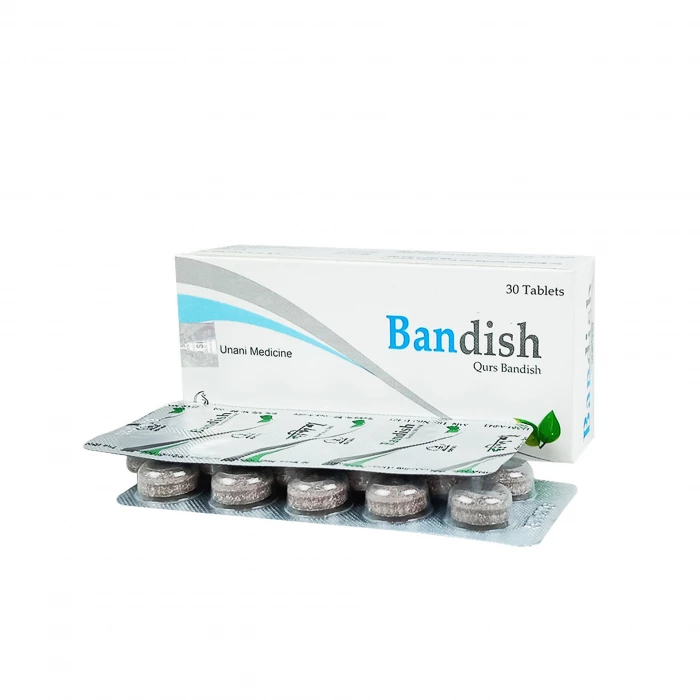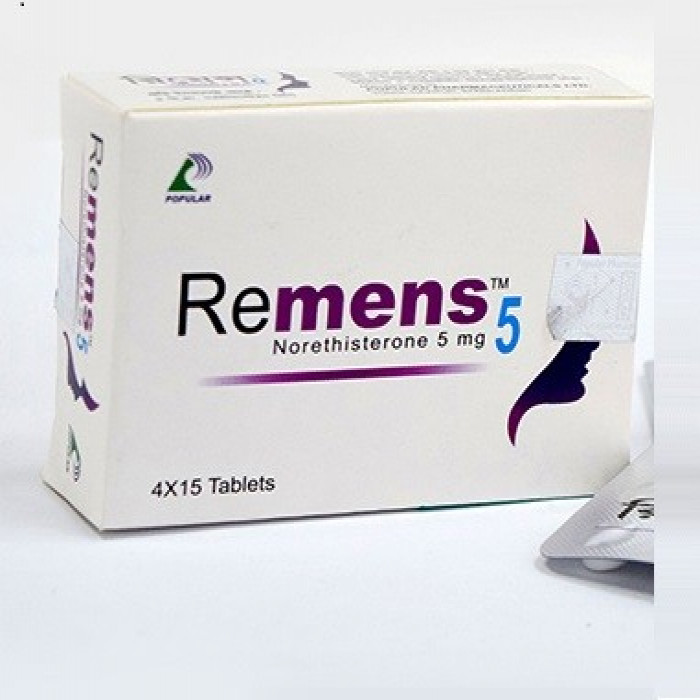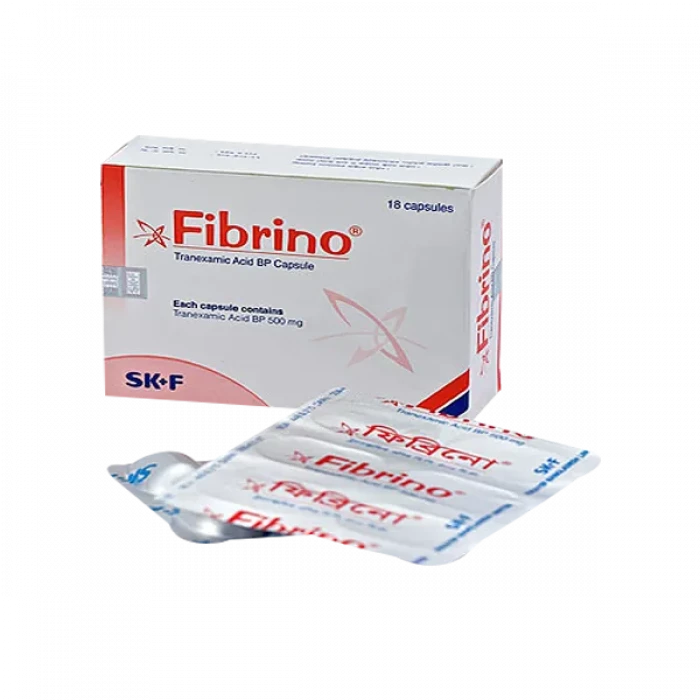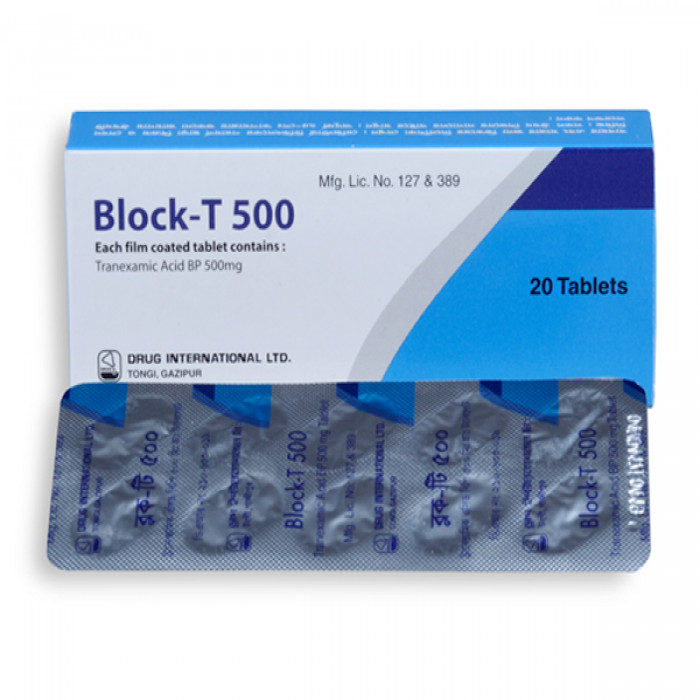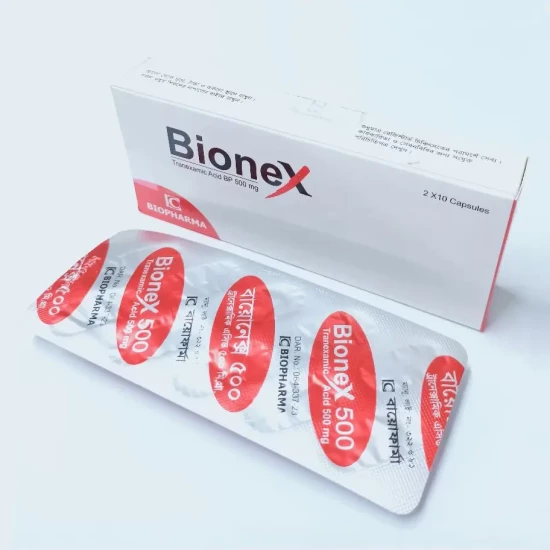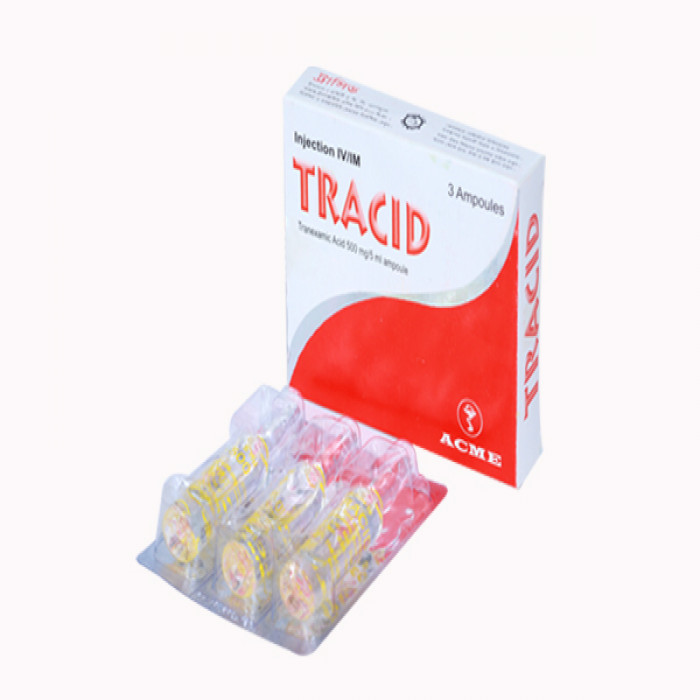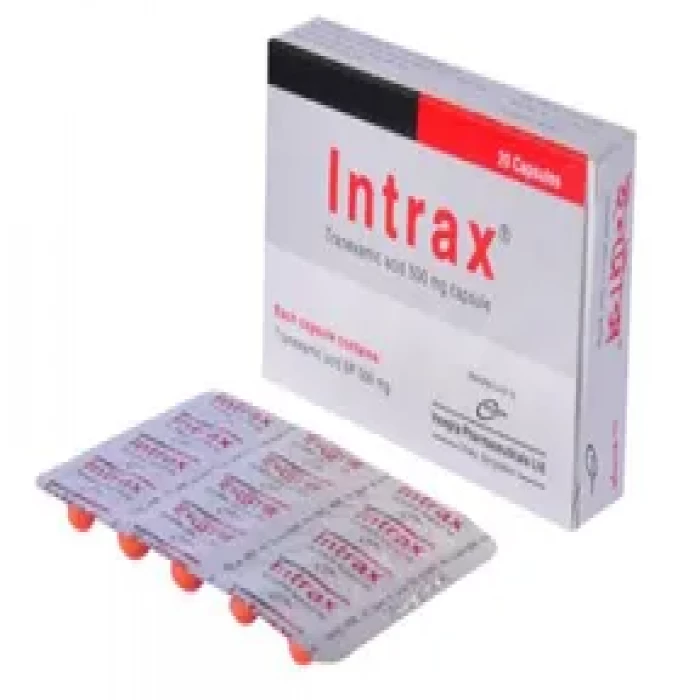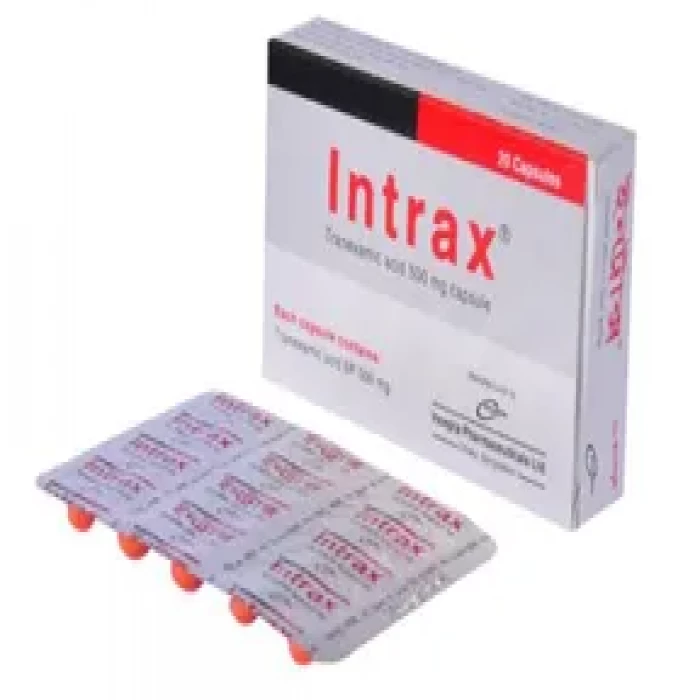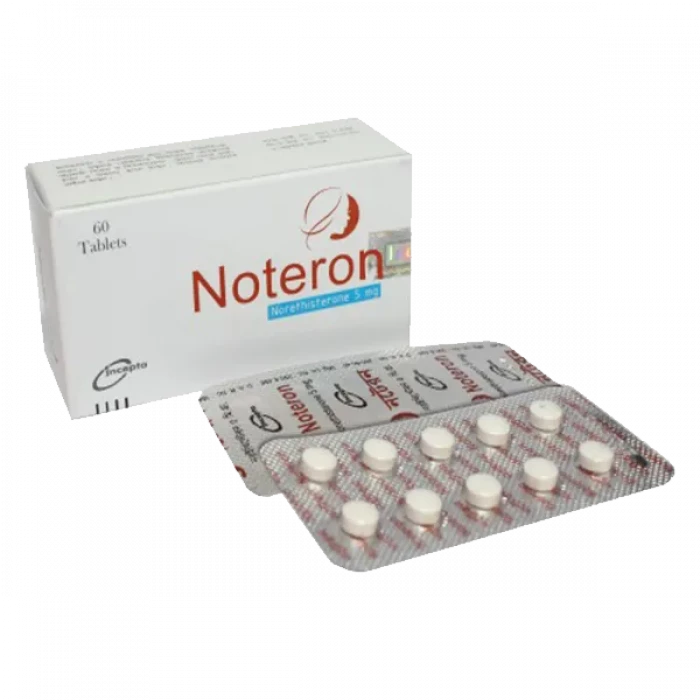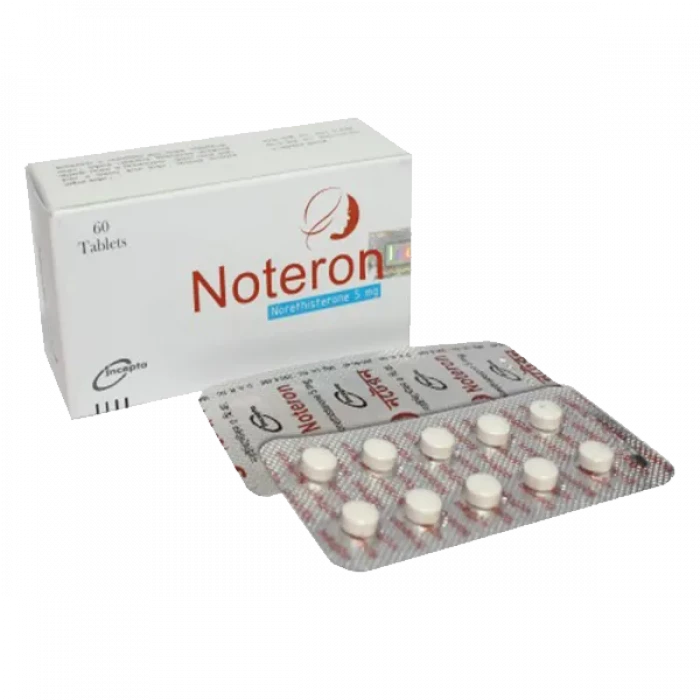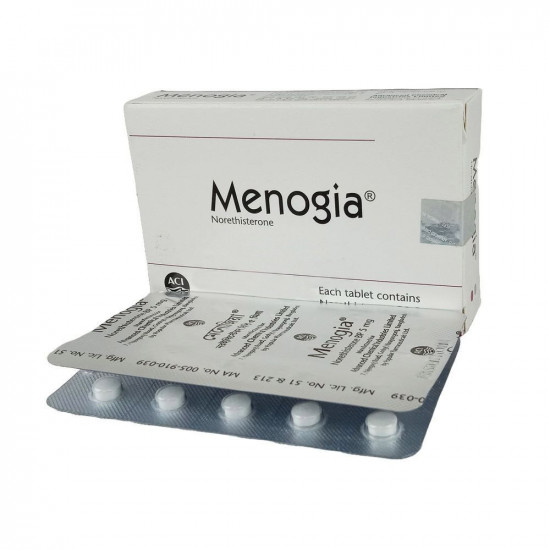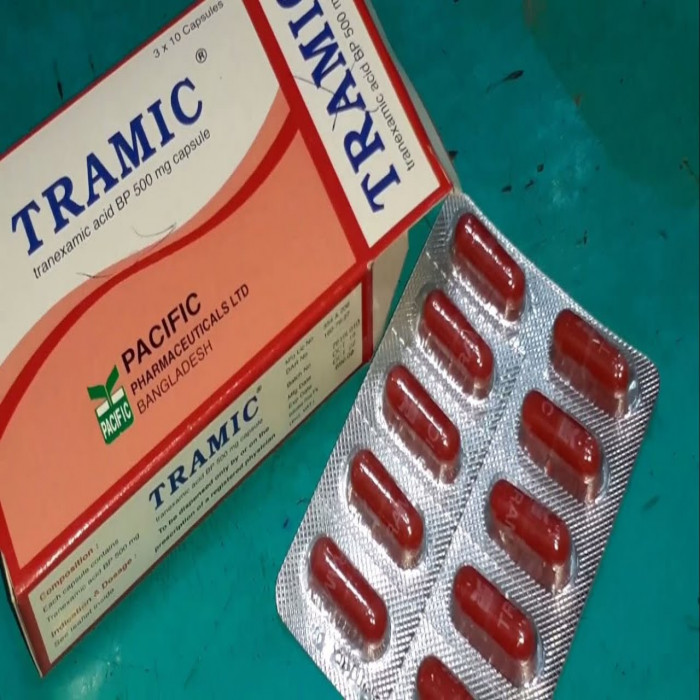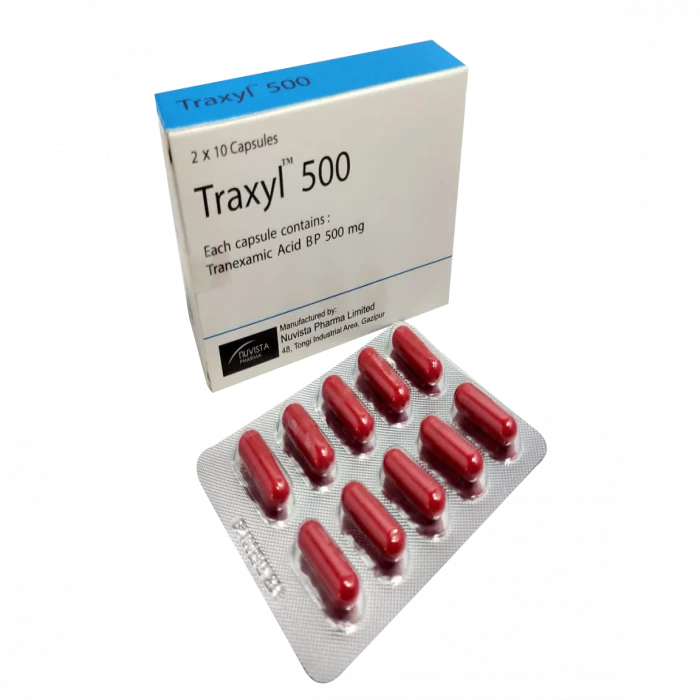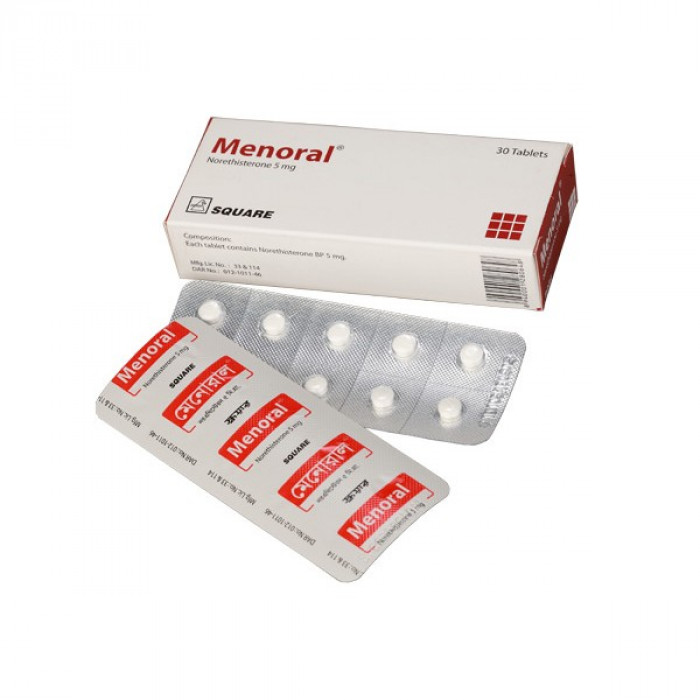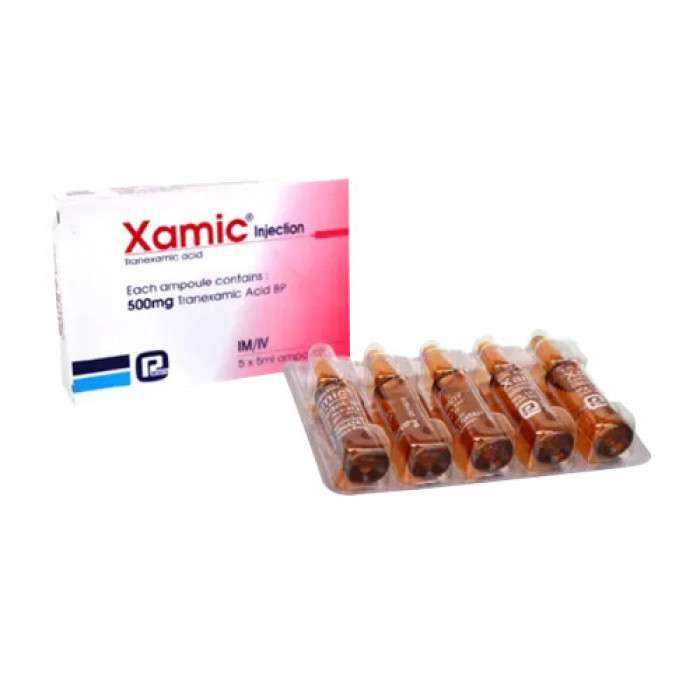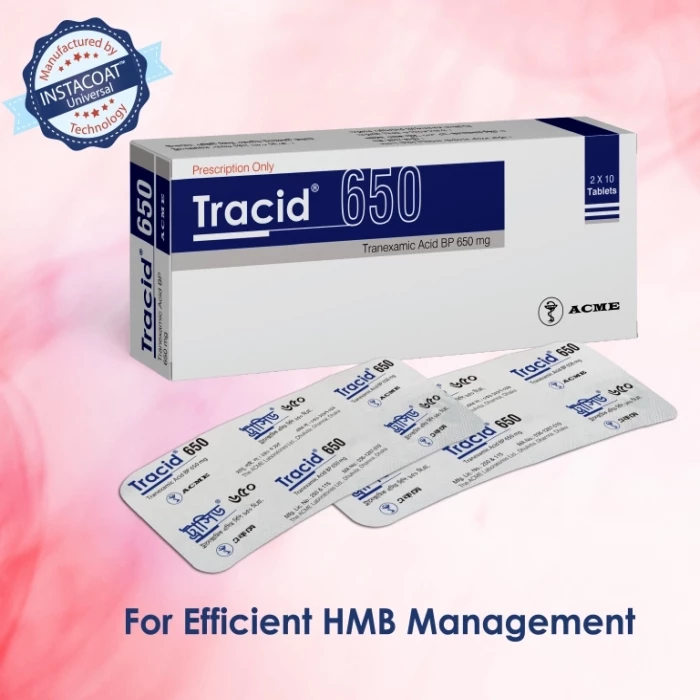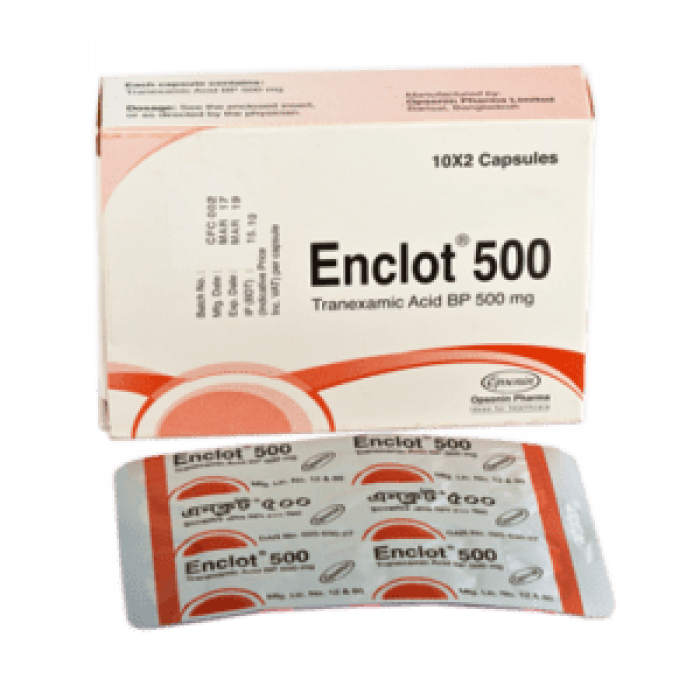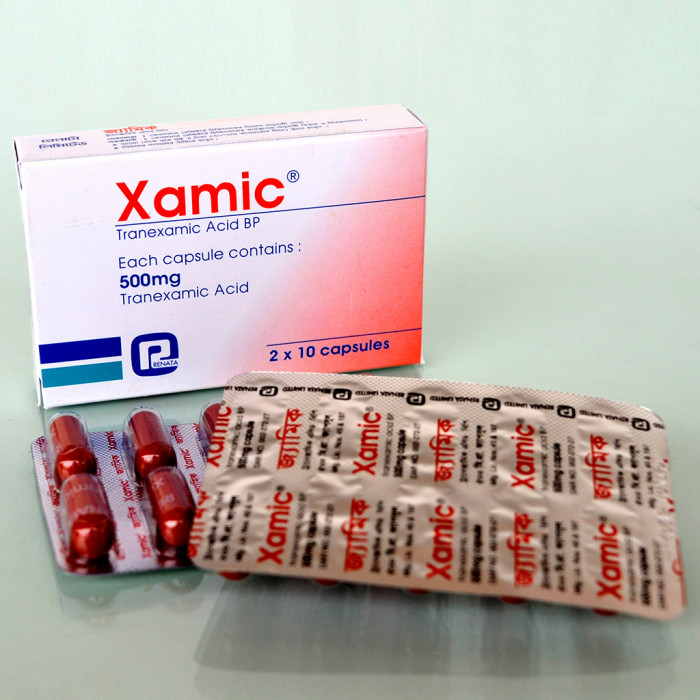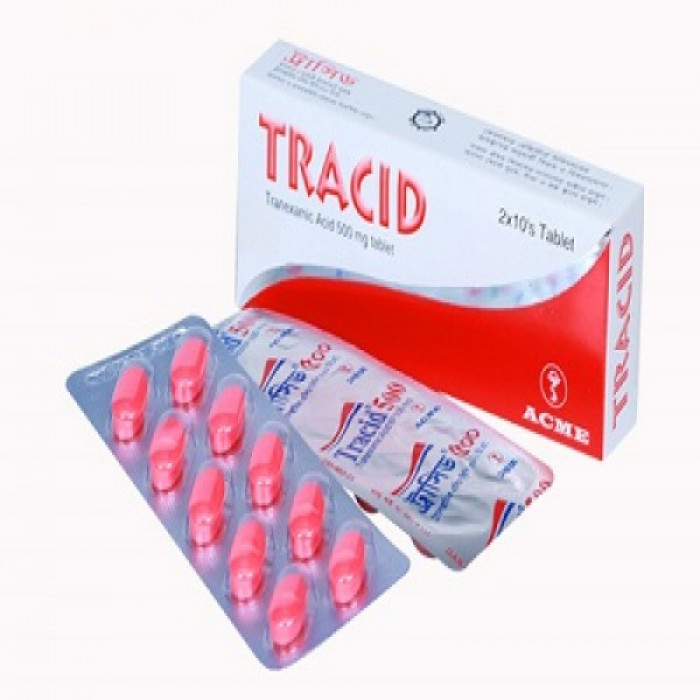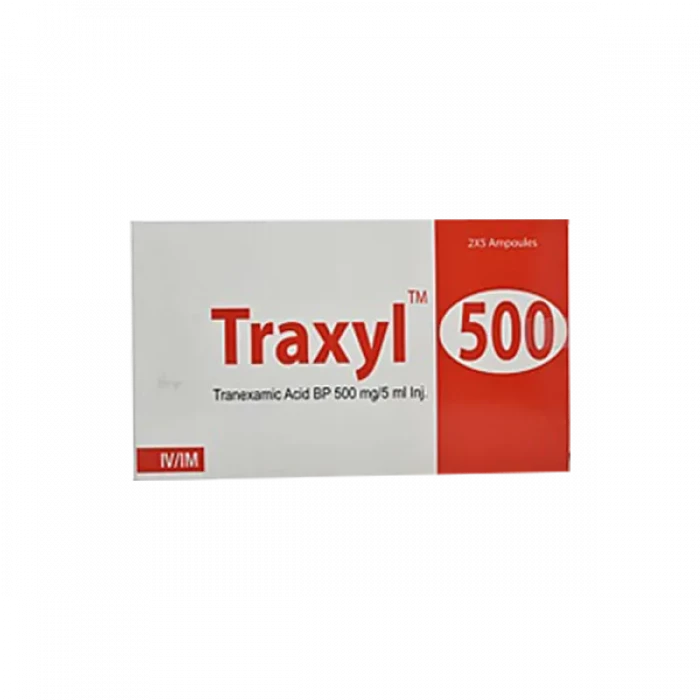
✔ 100% Authentic Product
👁️ Currently Viewing 3168
✅ Description:
Indications
In medicine, hemophtoes, digestive hemorrhages, hemorrhagic syndromes in leukaemia, cirrhosis, and hemophilia, thrombocytopenic purpura, and mishaps during thrombolytic treatment and transfusion are all treated.
Prophylaxis and antihemorrhagic treatment for many types of procedures, notably pulmonary, cardiovascular, and abdominal surgery, as well as post-operative and traumatic shock.
Prophylaxis and antihemorrhagic treatment for prostatic, vesical, and renal surgery in urology. Hematurias.
In obstetrics, prophylaxis and treatment of post-partum and puerperium hemorrhages, hemorrhagic metrophathies, functional menometrorrhagias, idiopathic or IUD-induced menorrhagias, primitive hyperfibrinolysis (abruptio placentae, premature placenta separation), and cervical conization.
Prophylaxis and antihemorrhagic treatment after a tonsillectomy, specialized surgery in general, epistaxis are all examples of otorhinolaryngology.
In stomatology, prophylaxis and antihemorrhagic treatment are used during maxillofacial procedures, such as tooth extractions.
In oncology (as a form of supportive therapy): To stimulate the development of a fibrin capsule that would act as a barrier, inhibiting the growth of ovarian tumors. To produce ascites regression as a result of malignancy. To decrease bleeding during surgical procedures.
Pharmacology
This is a tranexamic acid preparation (trans-4 aminomethyl-cyclohexanecarboxylic acid). Tranexamic acid has a significant antifibrinolytic effect and has been shown to be 10 times more active than standard hemostatics in vivo and in vitro, depending on the assay. Tranexamic acid's antihemorrhagic effect is primarily due to an inhibition of plasminogen activation by both exogenous activators such as streptokinase and endogenous activators such as urokinase and the plasminogen tissue activator. This is especially essential for Tranexamic Acid's therapeutic usage since it ensures antihemorrhagic action with an antifibrinolytic mechanism under a range of circumstances.
Tranexamic Acid has extremely minimal acute toxicity and practically little chronic toxicity. Tranexamic Acid is well absorbed when taken orally, and the impact is seen 15-30 minutes after delivery. It is mostly eliminated by the kidneys, albeit at a slower rate than traditional hemostatics. Because of these characteristics, Tranexamic Acid has a longer duration of action than traditional hemostatics. Tranexamic Acid single doses can thus be provided at larger intervals without the medication plasma levels falling to ineffective levels of antifibrinolytic action between doses.
Tranexamic Acid does not interfere with clotting mechanisms at therapeutic dosages, and even long-term treatment has not been associated with thrombophilia.
Dosage & Administration
Adults-
The usual dose: 500-1000 mg 3 times daily.
For prophylaxis: The mean recommended daily doses are 0.5-1 gm orally, 500 mg by the parenteral (intravenous or intramuscular) route.
For therapy of hemorrhagic manifestations: the oral dose increases to 1-3 gm given in divided doses: in cases of particular seriousness and urgency, begin by injecting an ampoule (500 mg) slowly by intravenous route and administer the necessary subsequent oral doses.
Children-
For prophylaxis: For every kg of body weight from 5-10 mg are orally administered daily in divided doses.
For therapeutic purposes: The oral doses are doubled (from 10 to 20 mg/kg), while the intravenous and intramuscular treatment is begun with 10 mg/kg (=0.5 ml every 5 kg) by the slow intravenous route, continuing the oral administration up to the required dose. Where it is more convenient (e.g. in small babies) the ampoules, diluted in a little sweetened water, maybe orally administered instead of the Capsules.
Elderly patients: No reduction in dosage is necessary unless there is evidence of renal failure.
Interaction
Tranexamic Acid is a man-made amino acid that is incompatible with penicillin-containing solutions (eg: Benzyl penicillin). Thrombolytic medicines such as Streptokinase and Urokinase inhibit Tranexamic Acid's antifibrinolytic effect. Concurrent administration of estrogen-containing medications, such as oral contraceptives, may increase the risk of thrombus development. During transfusion, direct mixing of Tranexamic Acid with whole blood should be avoided.
Contraindications
Individual hypersensitivity to the product is known. Thromboembolic illness, arterial and venous thrombosis, endocavitary hemorrhages, and severe renal failure are all possibilities.
Side Effects
Tranexamic Acid is typically well accepted; nevertheless, there have been isolated reports of tiredness, conjunctival irritation, nasal obstruction, itching, skin reddening, and exanthems.
Nausea, diarrhea, and gastric pyrosis may occur after oral dosing.
Postural hypotension occurs seldom.
In the event of tranexamic acid hypersensitivity, avoid or halt medication and begin an appropriate therapy.
Pregnancy & Lactation
Tranexamic Acid should not be taken during known or assumed pregnancy since the drug's transplacental transit and potential effects on the fetus are unclear. Tranexamic Acid is excreted in breast milk at a concentration one tenth of that seen in maternal blood. It is doubtful that the infant will get an antifibrinolytic effect.
Precautions & Warnings
In situations of hyperfibrinolysis, tranexamic acid should be administered. The preventive therapy must begin 24 hours before the procedure and last for 3-4 days afterward.
Hemorrhage treatment must be continued for at least 24 hours after the symptoms have subsided.
Reduce the dosages in hematuria, especially if it is not accompanied by other hemorrhagic symptoms, to avoid the development of clots in the urinary system.
Tranexamic Acid should be avoided in cases of severe renal insufficiency or anuric syndromes, and should be taken with caution in cases of less severe renal failure.
In cardiopathic and hepatopathic patients, the product must be administered with extreme caution.
Storage Conditions
Store in a dry location at 15-30°C, away from light, and out of reach of children.
⚠️Disclaimer:
At ePharma, we’re committed to providing accurate and accessible health information. However, all content is intended for informational purposes only and should not replace medical advice from a qualified physician. Please consult your healthcare provider for personalized guidance. We aim to support, not substitute, the doctor-patient relationship.




